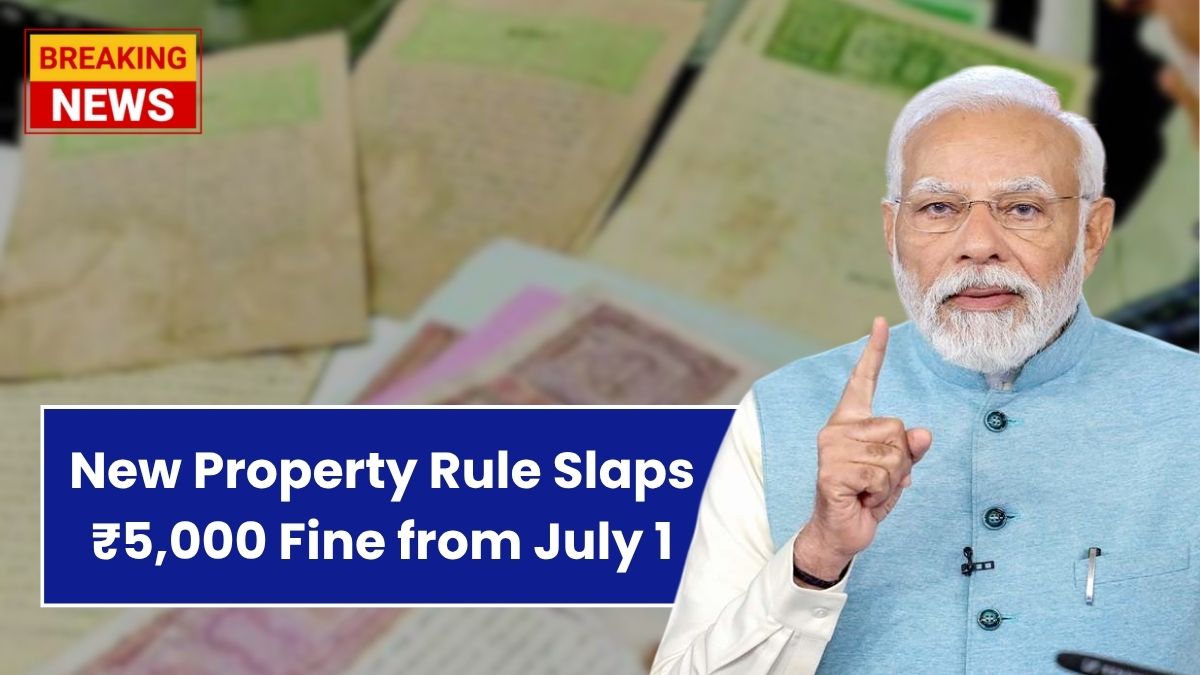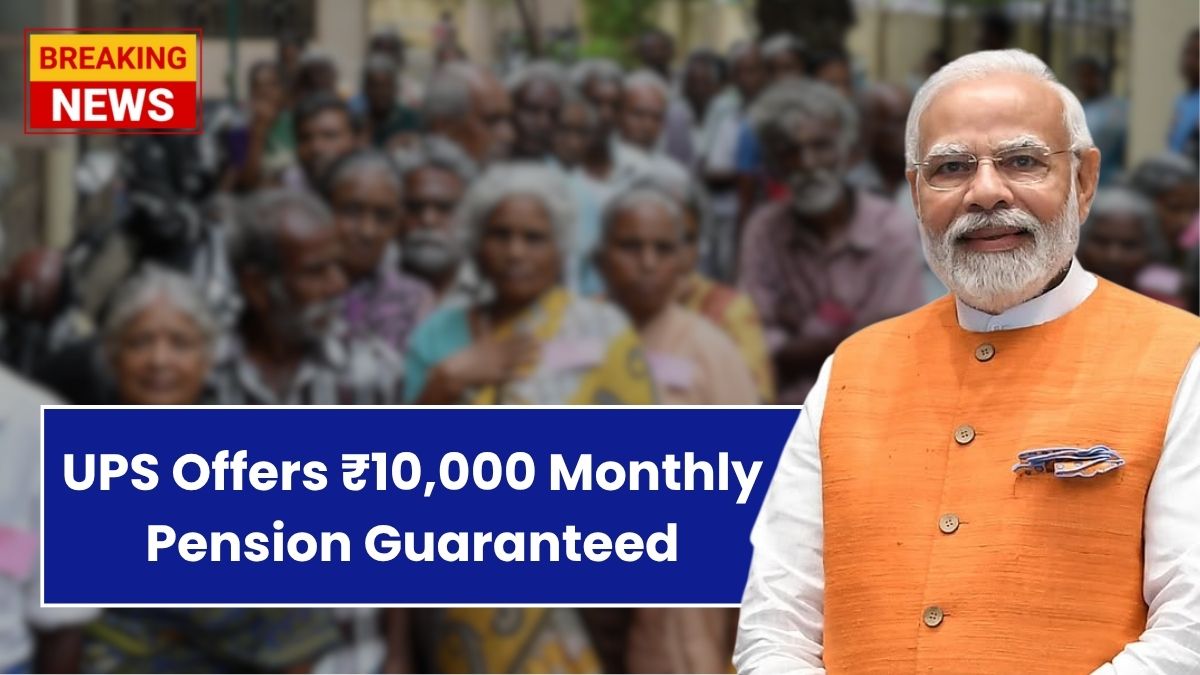8th Pay Commission – There’s been a lot of chatter lately about the 8th Pay Commission, especially around the claim that the basic salary of central government employees could jump from ₹18,000 to a whopping ₹34,000. It sounds great on paper, but how much of this is real possibility, and how much is just wishful thinking? Let’s break it down and see what’s fueling the speculation, what numbers seem likely, and what the timeline looks like for any actual hike.
Why is Everyone Talking About This?
The buzz mostly comes from the proposed changes in the “fitment factor.” This is a multiplier used to determine how much the basic pay should be increased when a new pay commission kicks in. For the 7th Pay Commission, the government had used a fitment factor of 2.57. That bumped the minimum basic salary from ₹7,000 to ₹18,000—a significant jump. Now, people are expecting something similar, if not bigger.
For the 8th Pay Commission, there are talks that the fitment factor could range between 2.5 and 2.86. If the higher end of that estimate is adopted—say, 2.86—then the basic pay could shoot up to around ₹51,480. But that’s the dream scenario. If the government goes with a more moderate figure of 2.6 or 2.7, then the basic pay could land somewhere between ₹40,000 and ₹45,000. That’s still a big improvement, but not quite the “double salary” that’s being circulated on social media.
Reddit’s Reality Check
While online speculation can get out of hand, platforms like Reddit often provide a more grounded perspective. Users on r/IndiaTax have been quick to point out that actual salary hikes from past commissions usually stay in the 20–25% range. So, if your current basic pay is ₹18,000, a 25% bump would only take it up to about ₹22,500—nowhere near ₹34,000.
Another user chimed in with a more detailed explanation. They pointed out that even if the basic pay does go up significantly, the real in-hand increase may be a lot smaller. That’s because allowances like Dearness Allowance (DA) reset back to zero when a new pay commission is implemented. Over time, these allowances grow again, but initially, the impact isn’t as dramatic as it might seem on paper.
When Can We Expect Changes?
As of early 2025, the central government has already approved the formation of the 8th Pay Commission, with its terms expected to be in effect starting January 1, 2026. That’s when the actual calculation and deliberation process begins. But don’t expect changes overnight.
यह भी पढ़े:
 7th Pay Commission Update: Bigger DA, Better Days for Central Workers – Here’s What to Expect
7th Pay Commission Update: Bigger DA, Better Days for Central Workers – Here’s What to Expect
Historically, the implementation of new pay commissions takes time. Bureaucratic delays, budget limitations, and policy disagreements can all slow down the rollout. So, even if the commission starts its work in 2026, we might not see real salary changes until late 2026 or even sometime in 2027. It’s a waiting game, and one that often moves slower than employees would like.
What Could the Real Increase Look Like?
Now let’s get to the big question—how high can the basic pay really go? Assuming a fitment factor in the range of 2.6 to 2.7, the new basic pay could realistically range from ₹46,000 to ₹51,000. However, that’s for fresh recruits or minimum pay levels. For most employees already in the system, the changes will be in percentage increments rather than round figures.
That ₹34,000 figure, while thrown around in headlines, is more of a safe middle ground rather than an actual forecast. It’s a ballpark figure that represents a 20–25% increase over the current ₹18,000 basic pay, which could happen if the government goes for a moderate pay hike without fully leveraging the fitment factor.
What About Other Perks and Allowances?
It’s not just the basic pay that changes during a new pay commission. Allowances like House Rent Allowance (HRA), Travel Allowance (TA), and especially Dearness Allowance (DA) are also revised. But here’s the twist: DA is usually merged into the new basic pay, and then it resets back to zero. That means while the gross salary may appear bigger, the take-home doesn’t jump by the same percentage. Over time, as DA increments resume, the in-hand salary gradually climbs up.
What Should You Expect?
Let’s keep things realistic. A basic pay of ₹34,000 sounds exciting, but it would require more than a 25% jump on the current minimum pay. Most signs point toward a new basic pay range of ₹40,000 to ₹50,000 if the higher fitment factor is adopted. However, considering delays and administrative red tape, you might have to wait till at least 2027 to see any real changes in your paycheck. Till then, don’t fall for the hype, and definitely don’t plan your finances around unconfirmed figures.
Disclaimer
This article is based on currently available information and speculative estimates. Final decisions related to the 8th Pay Commission, including the fitment factor and implementation timeline, are subject to official confirmation by the Government of India. Please consult official notifications for accurate and updated details.












